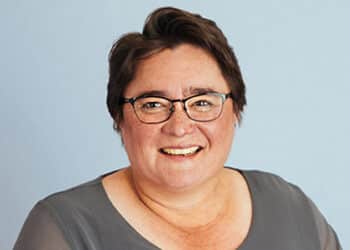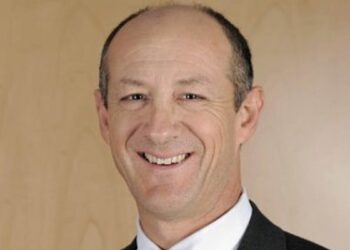Automated advice service Plenty Plus’ co-founder Greg Einfeld says information gathered by Lime Actuarial and Plenty Plus shows unlicensed accountants do not recognise where they need to refer clients to an adviser for certain services such as pension establishment.
“From the Lime Actuarial data base, we’ve got a pretty good idea that for every 100 SMSFs that exist, about 15 pensions will be commenced every year. We also know that from the ATO data for every 100 SMSFs, there’s about five SMSF establishments every year,” Mr Einfeld said.
“If you put those two statistics together, you should be seeing three times the advice on pension establishment compared to SMSF establishments.”
This is not reflected in the data, however. The Plenty Plus data reveals that the ratio of accountants seeking advice for clients on commencing pensions versus SMSF establishments is one to ten.
“Instead of that ratio being three to one, it’s one to ten,” Mr Einfeld said.
“That says to me that only about 3 per cent of accountants recognise that advice is required for a pension establishment. That’s 97 per cent that don’t properly understand when advice is required and when advice is not required, and that’s a massive statistic.”
Mr Einfeld said this also suggests that unlicensed accountants are probably unaware that advice is required for contributions and pension commutations.
“These are the three big areas where clients should be advising their clients over the next three months –pension commutations, contributions and pension [commencements],” he said.
Plenty Plus co-founder Josh Golombick said accountants have “unrealistic expectations of what ASIC considers to be good advice and what ASIC considers to be acting in the best interests of the client”.
“There are a few good examples of this, but for us one of the obvious ones is around how much money is required for establishing an SMSF,” Mr Golombick said.
ASIC has made it clear that $200,000 should be the starting limit and it’s fairly well known in financial planning circles that $200,000 is the cut off, he said.
“I’d say that 30 per cent of the advice we’ve given on SMSF establishments has said don’t establish because of the incorrect balance. We’ve got a lot of accountants putting in the data and their clients have a balance of say $150,000 or even less. We’ve seen $100,000 and they expect our advice to be to establish an SMSF,” Mr Golombick said.
“Accountants who call us are quite irate or upset and [ask], ‘Why did it say not to establish an SMSF?’ Our answer is because ASIC believes that $200,000 is how much you should have, for a variety of reasons. A lot of accountants think we’re being too conservative, whereas $200,000 is sort of the starting point.”
Mr Golombick said accountants, in some cases, are also failing to ensure the client has adequate investment knowledge and time to run a fund.


